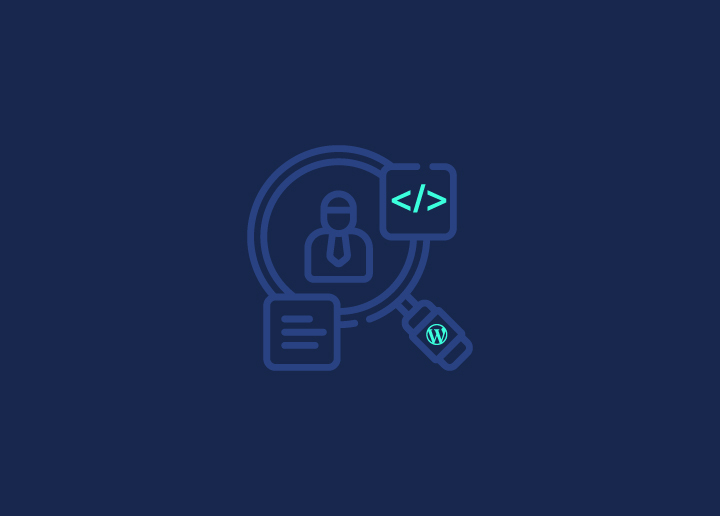WordPress, the most dominant content management system, is the go-to platform for creating websites. With WordPress, you can create a digital space that truly represents your brand even if you’re not tech-savvy. So, let’s explore the world where your business story meets the digital stage, all thanks to the simplicity and power of WordPress. In this guide, we’ll walk you through creating a small business website using WordPress, from domain registration to site launch.
Contents
TogglePlanning Your Small Business Website
Before diving into the website creation process:
- Outline the purpose and goals of your site.
- Consider whether it’s an informational site, an eCommerce platform, or a combination.
- Identify your target audience.
Understanding your target audience helps tailor your website’s content, design, and functionality to meet your potential customers’ specific needs.
Read: WordPress Agency in Boston
Domain Registration and Hosting
Select a domain name that is reflective of your business and easy to remember. Use domain registration platforms like GoDaddy, Bluehost, or Namecheap to check the availability of your chosen domain. Also, choose a reliable hosting provider that suits your business needs and budget. Dreamhost and WP Engine are popular options that offer easy WordPress installation.
Installing WordPress
Login to your hosting account (check your email for credentials) and locate the control panel. Most hosting providers have a one-click WordPress installation feature. Follow the installation prompts provided by your hosting provider. Once completed, you’ll receive login credentials for your WordPress dashboard.
Choosing and Customizing a WordPress Theme
Explore the vast collection of free and premium WordPress themes available in the WP Theme Directory or from third-party providers. Choose a theme that aligns with your business identity and goals. Install your selected theme from the WordPress dashboard and activate it. This will give your website its basic look and layout. Navigate to the WordPress Customizer to make further adjustments to your theme. Customize colors, select appropriate fonts, and layout to match your brand aesthetic.
Adding Essential Plugins
Enhance your website’s functionality by installing essential WordPress plugins. Popular plugins include All in One SEO for search engine optimization, WooCommerce (now WOO) for eCommerce, and Contact Form 7 or WP Forms for easy contact form creation. Configure each plugin according to your business needs. Ensure that all plugins are activated and functioning correctly.
Read: Cost Of A WordPress Website: Things You Need To Know
Creating Content
Create essential pages like Home, About Us, Services, and Contact. Regularly update your site with relevant blog posts to engage your audience. Use the All in One SEO Pack plugin to optimize your content for search engines. This includes adding meta titles, meta descriptions, and optimizing images.
Implementing Security Measures
Enhance your website’s security by installing a WordPress security plugin like Wordfence or Sucuri. Regularly update WordPress, themes, and plugins to patch vulnerabilities. Ensure that all user accounts, especially the admin account, have strong and unique passwords to prevent unauthorized access.
Testing and Debugging
Thoroughly test your website’s functionality on different devices and browsers. Check for broken links, slow-loading pages, and other issues. If issues are identified during testing, use the WordPress debugging tools or consult online forums for solutions.
Launching Your Small Business Website
Before launching, conduct a final review of your website. Ensure all content is accurate and all functionalities work as intended. Once satisfied with the testing and debugging, officially launch your small business website. Announce the launch on your social media channels and to your email subscribers.
In Conclusion
Congratulations! You’ve successfully created a small business website using WordPress. Regularly update your content, monitor your site’s performance, and adapt to technology changes and customer preferences to ensure your online presence remains effective and engaging. Remember that building & managing a website is an ongoing process, and staying informed about updates and trends is essential to the long-term success of your small business.
Want to build a WordPress website for your small business? Connect with us today!




